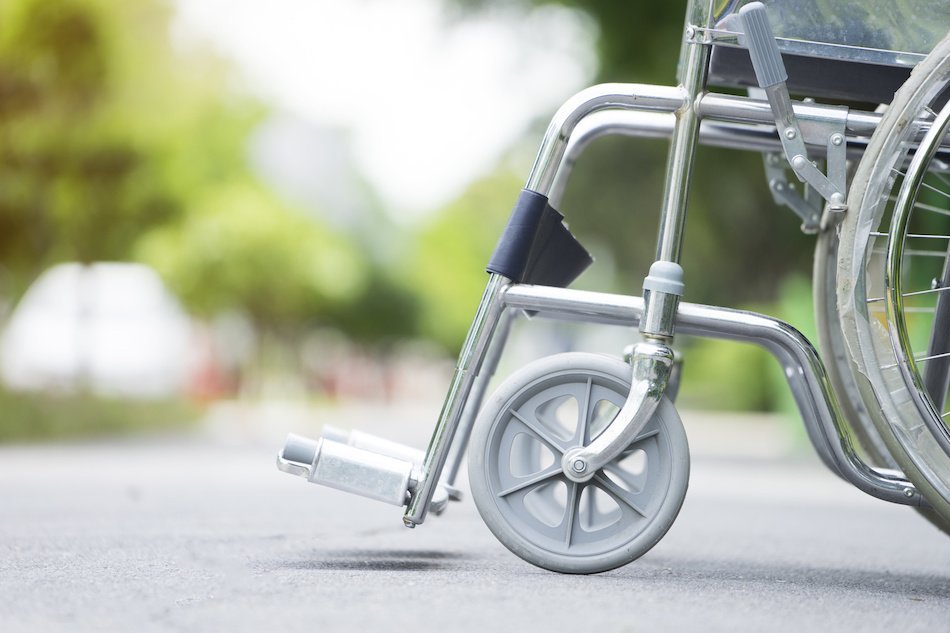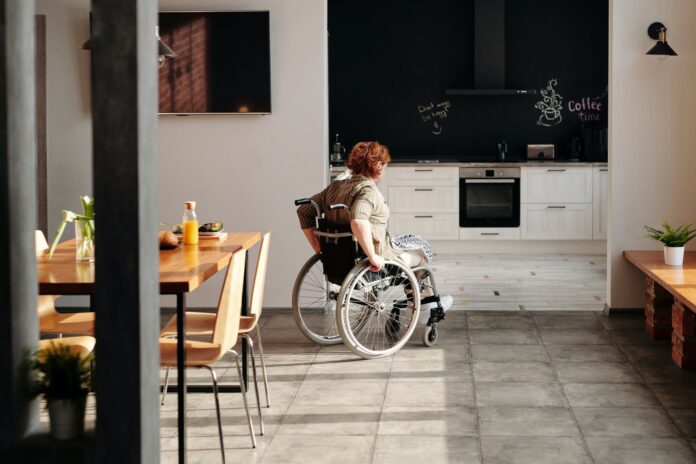Remodeling a home to ensure it accommodates the needs of individuals with disabilities costs between $5,000 and $20,000, according to Fixr cost estimates. As a homeowner, you might find yourself in need of adapting your home for wheelchair use for several reasons. A family member might become disabled because of birth injury, an accident, or sickness. You may also want to adapt your property for wheelchair use as you prepare to age in place.
Whatever reasons you may have for making your home wheelchair-friendly, you need to think about how long you or a loved one will use a wheelchair. If wheelchair use is temporary, you can focus on slight changes. But if wheelchair use is long term, you need to consider removing barriers and adding a wetroom to your home. Below are a few tips for adapting your home for wheelchair use.
Assess Your Home To Identify Areas That Need Adaptation
Before you can start your renovation projects, do a thorough assessment of your home. List issues that wheelchair users face in and out of the home. Identify features that are hard to access and those that prevent you from moving freely. Evaluate each room so you can get a clear picture of the adaptations you should invest in.
Your daily routine and overall lifestyle are also important considerations when adapting your home for wheelchair use. Think about cleaning, cooking, using the toilets, bathing, getting up and down the stairs, answering the doors, and safety. This step will help you figure out the additions your home needs to boost accessibility when using a wheelchair.

List Down Essential Adaptations
After inspecting your home, write a list of must-have features for wheelchair use in your house. Some adaptations will require structural changes, others might need the use of technology, and there are those that might need the addition of new furniture. Typically, you must eliminate barriers by replacing stairs with ramps or elevators. It’s also important to widen doorways, add wetrooms or roll-in bathrooms, grab rails, install handle grips in bedrooms, choose lever handles instead of door knobs, and lower bathroom sinks and kitchen countertops.
However, some adaptations vary based on one’s health condition. For example, let’s say you have a child with cerebral palsy. The first thing you should do is research cerebral palsy definition and the unique needs your child has. Cerebral palsy is a health disorder that occurs because of atypical brain development. CP affects a person’s ability to control muscles. With this in mind, you’ll need additional modifications like fitting floor rugs on hard floors to prevent slips and falls.
Seek Financial Help
Transforming your home to make it wheelchair-friendly requires a lot of resources. So, it’s important to think about the costs of adaptations when budgeting for a home renovation project. While some changes can cost as little as $350, others can be expensive. With that said, you may want to seek financial assistance from government institutions, non-profit organizations, and charities.
If you or a loved one has a disability or mobility issues and rely on a wheelchair to move from place to place, making your home wheelchair-friendly is essential to ensure you live independently. This step entails remodeling your property to accommodate features like ramps, grab rails, low bathroom sinks and kitchen countertops, wide doors, and wetrooms. To achieve the best outcomes, you need to assess your home, list down necessary adaptations, and seek financial support.


















